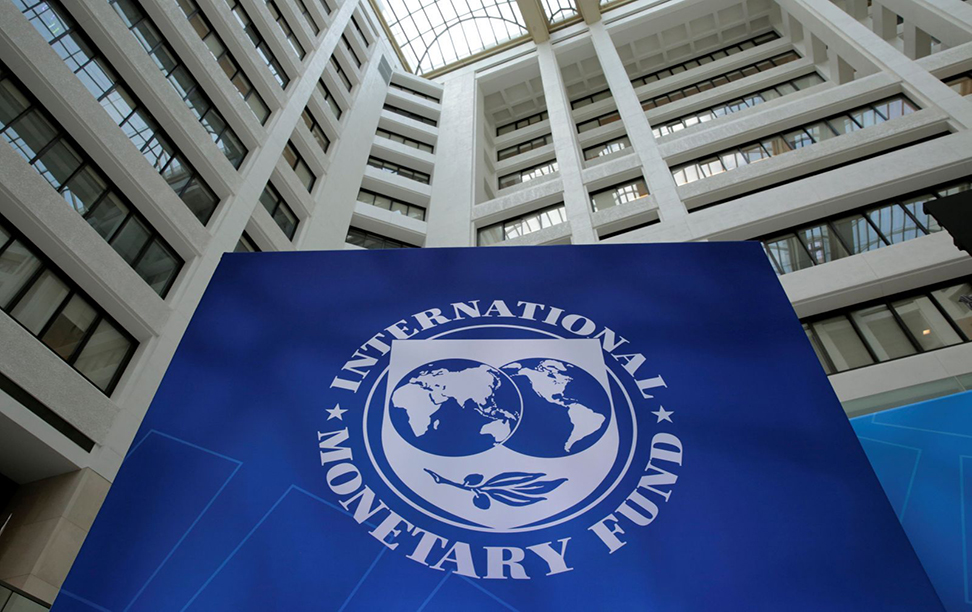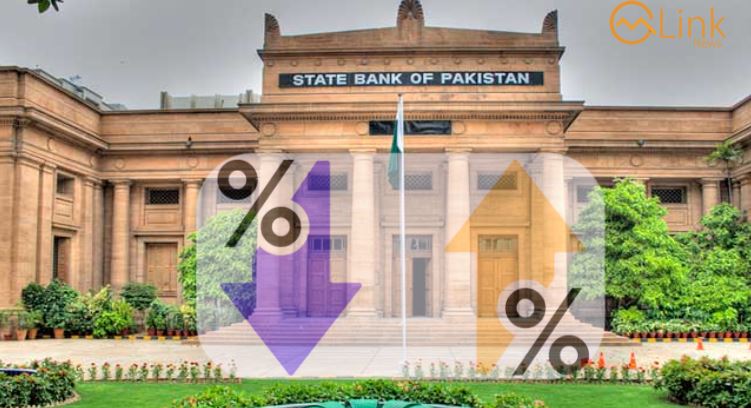August 17, 2021 (MLN): Undoubtedly, the political circumstances of Afghanistan have penetrated havoc throughout the region. Several concerns are being raised regarding Taliban's takeover in Afghanistan and its due implications on political and economic outlook. Market participants are closely following the situation as it has significant impact over the capital market.
Amid US evacuation, Taliban were finally able to take control of Afghanistan in a swift, seamless and peaceful manner. Despite a peaceful transition, the state of uncertainty prevailing regarding the future outlook. Being a close neighbor, Pakistan has a vital role to play in the evolving situation.
Under the present circumstances, Pakistan has to accept the new government sooner than any other country to improve security situation and resume border trade, a report by Spectrum Securities said.
With regards to bilateral trade, Pakistan exported goods worth $1 billion to Afghanistan in FY21, less than 4% of total exports and just 0.3% of GDP. More than half of the export are related to food commodities. In addition, chemicals, pharmaceuticals and packaging material are also included in the exports, the research report by Intermarket Securities underlined.
The research further highlighted that the trade started to decline a few weeks ago, as the Taliban rapidly advanced across Afghanistan. Given the small size of the Pakistan-Afghanistan trade, the impact of any prolonged disruption to trade on most listed Pakistani companies is marginal. Instead, there may be grounds for Pakistani exports to increase once trade resumes, with Pakistan likely to recognize a government that is either led by the Taliban or includes them.
Exports to Afghanistan have been on a continuous decline in the past 10 years– from nearly $2bn in FY11 to less than U$1bn in FY20. If exports to Afghanistan do increase, it is possible that the cement sector is a key beneficiary (Pakistan exported 4.7mn tons of cement to Afghanistan in FY11 vs. just 2.5mn tons in FY21).
Moreover, in the medium to longer term, provided Afghanistan remains stable, it is possible that Pakistan is finally able to link-up with the Central Asian Republics in a trade and energy corridor, a vision that has been in place since at least the 1990s.
On the other hand, imports from Afghanistan saw an uptick in the recent years (FY20 excluded- lockdown led to overall low trade). In the outgoing FY21, Pakistan imported $179mn worth of goods from Afghanistan (highest in almost two decades).
Going forward, a shift in Afghanistan’s trade from India towards Pakistan might be witnessed for items like medicine, cement and food commodities, a report by Arif Habib Limited (AHL) stated.
The other major concern is pertaining to the refugee influx. In the present setting, there are so many Afghanis are moving out from their homeland to the neighboring countries. Pakistan is already hosting more than three million Afghan refugees, most of them are part of the local economy.
Pakistan has expressed reluctance to take on more refugees, reportedly citing a cost of $2.2bn over three years to provide refuge to an estimated 700,000-800,000 displaced Afghans, Intermarket Securities said in its report.
On the capital market front, the research underlined that the initial reaction of the KSE-100 to the Taliban takeover was negative, with the Index losing 0.5% yesterday (at its low it was down 1.1%). If uncertainty persists in Afghanistan, it is possible that this decline extends in the near term. However, market remained calmed today after the announcement of general amnesty for government officials and assured uninterrupted evacuation of affectees by the Taliban's spokesperson.
It is believed that Pakistan’s reform story remains intact, backed by a stable government, and that dips would represent accumulation opportunities. This thesis remains intact even if security conditions deteriorate to an extent, with valuation multiples already near levels seen in the 2009-2012 period when terrorism incidents peaked (market capitalization to GDP is presently 16% vs. an average of about 17.5% across 2009-2012).
The fall of Kabul in the hands of Taliban may not turn out to be as negative as feared earlier, especially if the major powers in the region show willingness to work together. Though still early at this point, a stable and peaceful Afghanistan will have positive spillover effects for Pakistan and the region at large. The potential positive idiosyncrasies related to lasting peace in the region may help expand market multiples in the medium and long term. Currently the market trades at a forward multiple of 6.0x and offers a dividend yield of 7.6%, Jahanzaib Zafar, Head of Research at AKD Securities said.
The policymakers will be paying close attention to the shocks arising from heightened geopolitical-led concerns in the region. As long as Afghanistan doesn’t plunge into a civil war. In the short run, the level of uncertainty surrounding the situation in Afghanistan is likely to cloud Pakistan’s trade prospects for some time, report by AHL cited.
Copyright Mettis Link News
42816








